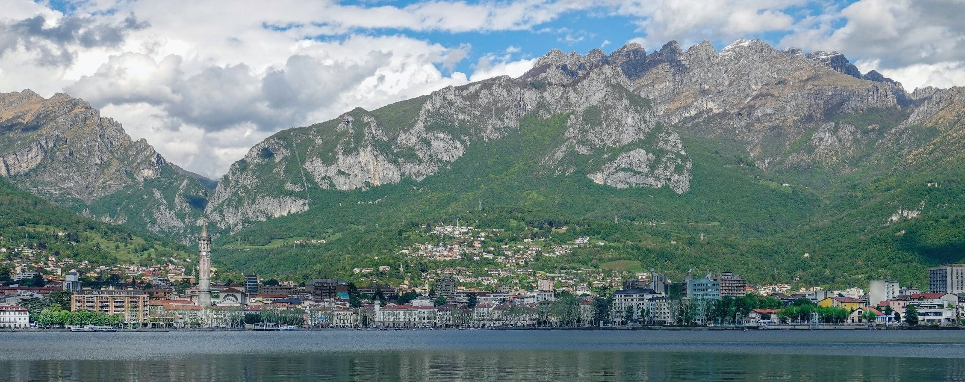Speaker
Description
Following the start of science operations in 2004, it was quickly realised that the full robotic nature of the 2.0m Liverpool Telescope (La Palma) was ideally suited to follow up observations of Gamma Ray Bursts (GRBs) and that polarimetry could be a key tool in diagnosing the structure and order of the magnetic fields in these spatially unresolved objects.
The rapid time variability of GRB light curves meant that conventional polarimeters designs with sequential observations being obtained with an analyser effectively working at different angles could not be used. Instead the RINGO series of polarimeters was developed using a continuously rotating polaroid to record the polarisation signal either spatially (RINGO1) or via fast readout cameras (RINGO2 and 3).
In this presentation I will summarise the evolving design of the RINGO polarimeters and the observations that have been made with them of GRB afterglows. I will then conclude by presenting some initial results from our latest polarimeter design (MOPTOP) that uses a dual beam, dual camera concept to reduce systematics and increase sensitivity over our previous design.

